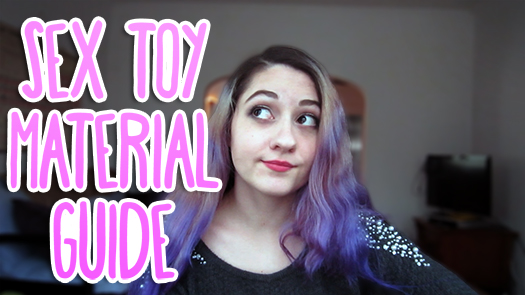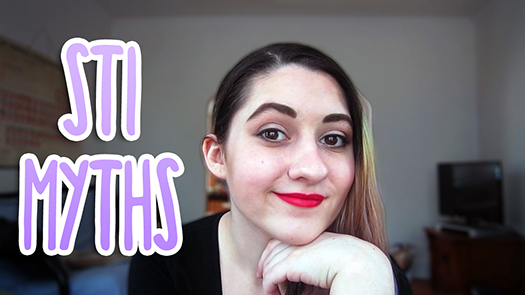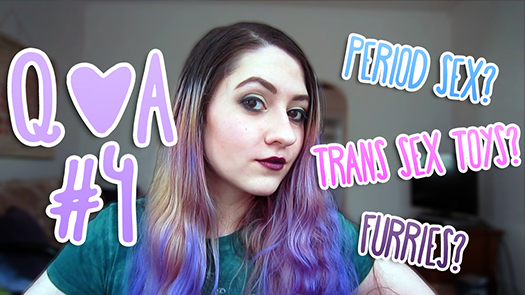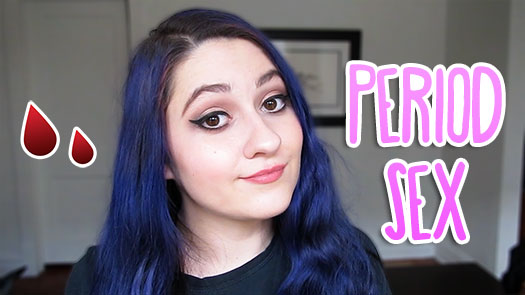Arousal Science 101: Genital nonconcordance, types of sexual desire, and the dual control model of the sexual response system
Recommended Reading/Viewing:
Come As You Are: The Surprising New Science that Will Transform Your Sex Life – Emily Nagoski
TheDirtyNormal
Unlocking the Door to Your Authentic Sexual Wellbeing – Emily Nagoski (TED talk)

Arousal is a surprisingly complex topic. It seems like it should be pretty simple — you want to do sexy things, your genitals respond, and then you get down to business. But that’s not always how it happens for a large percentage of people, and even when it is, there are a few other major factors that play into it. Today I want to talk about the wheres, hows, and whys of sexual arousal and desire.
Pretty much everyone who has both a mind and a body knows that they’re not always on the same page. Like sometimes you might lay down in bed and your body’s like, “I am so tired. I can’t wait to sleep,” but your mind would rather relive embarrassing memories or wonder if fish can feel love. Similarly, sometimes your mind might be like, “Oh my god I really wanna have sex right now,” but your genitals are like, “Meh,” and don’t cooperate the way you’d expect. That is called arousal nonconcordance.
If you’re a cisgender man, odds are your mind and genitals are pretty synced up. When your mind wants sex, you get an erection, and when you get an erection, your mind wants sex. That’s certainly not true across the board — you can get an erection without wanting sex or be unable to get one when you do want sex — but statistically, there’s a pretty strong correlation between what a man’s penis is doing and how aroused he feels up here.
However, if you’re a cisgender woman, that correlation tends to be much, much weaker. You may be the most turned on you’ve ever been in your mind, but your vulva and vagina don’t show any signs of arousal. Or conversely, you might have zero interest in sex or be actively turned off, but your genitals are like, “Oh! Something’s happening! Let’s get wet!”
Genital response and sexual desire are completely different things, and we really need to stop equating the two. All this does is lead to confusion and shame when people’s genitals and mind aren’t working together in that idealized way, even though nonconcordance is so, so normal.
Something else to know is that there are actually two main ways that desire occurs. The first is spontaneous desire. You’re going about your life, and the feeling just kind of strikes. “Hey, sex sounds good right about now.” The desire comes first, and then the arousal. Spontaneous desire is most commonly associated with male sexuality.
On the other hand, there’s responsive desire, which is more typically characteristic of female sexuality (though of course both kinds of desire can go either way, and the same person can experience different kinds at different times). With responsive desire, arousal doesn’t just happen out of the blue; it’s triggered by stimuli. You might not feel any particular desire for sex, but then maybe you start making out with somebody (because making out is fun), and suddenly, “Oh, now I wanna have sex.” The arousal comes first, and then the desire.
A lot of people whose desire is primarily responsive think of themselves as having a low sex drive, but here’s the thing: Sexuality isn’t a drive. Hunger is a drive. Sleep is a drive. Things we all need to maintain homeostasis and stay alive and functioning. Sexuality is an incentive motivation system, and it varies wildly from person-to-person. I get asked all the time what a “normal” or “healthy” amount of sex is, but because there’s no internal homeostatic relevance to the amount of sex a person has, that question doesn’t have a satisfying answer. Everyone’s different. A lot of people get stressed out about the amount of sex they desire, whether they consider it to be too much or not enough, but I guarantee you it’s all normal.
The third thing it’s important to understand is how your body’s sexual response system works in the brain. This is the dual control model. It comes in two parts and sort of functions like an arousal stoplight.
The sexual excitation system (SES) is your green light system. It looks out for sexually relevant information and signals your genitals to GO. Whereas your sexual inhibition system (SIS) keeps track of any and all reasons not to be aroused right now. That’s your red light. STOP.
Both of these systems are constantly running, and your level of arousal at any given moment is determined by where you are on the scale between green and red. If you want to be more aroused, practicing self-care to minimize some of those red light inhibitions is one of the best things you can do. Stimulating your green light system can help as well, but more often it’s the red light that’s getting in the way.
So that was a very base-level introduction to arousal and sexual desire.
If you want to learn more about these topics, I highly recommend checking out Emily Nagoski’s book Come As You Are and her blog at TheDirtyNormal.com. This isn’t sponsored, I just think she’s brilliant. I’m also going to link a fantastic TED talk she did down in the description and probably in the Cards annotations.
If you have any questions or thoughts, leave them down in the comments.
And as always, thanks for watching, and I’ll see you next time!




